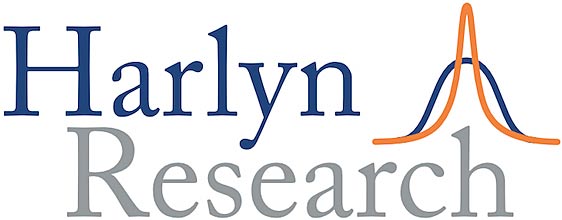Pivot to Asia
Friday, July 22nd, 2022It may be the least-worst option
There is a leadership vacuum in global equity markets. The US, the Eurozone and the UK all have serious issues to confront, ranging from valuation excess and monetary tightening to political uncertainty and energy rationing. Japan and Emerging Asia share some of these problems but are not as badly affected. One is a low return, risk reduction trade, while the other offers high risk and high reward. Both strategies have a place in a well-diversified global equity portfolio.
PURCHASE ALL ACCESS PASS
Already hold an All Access Pass? LOG IN
